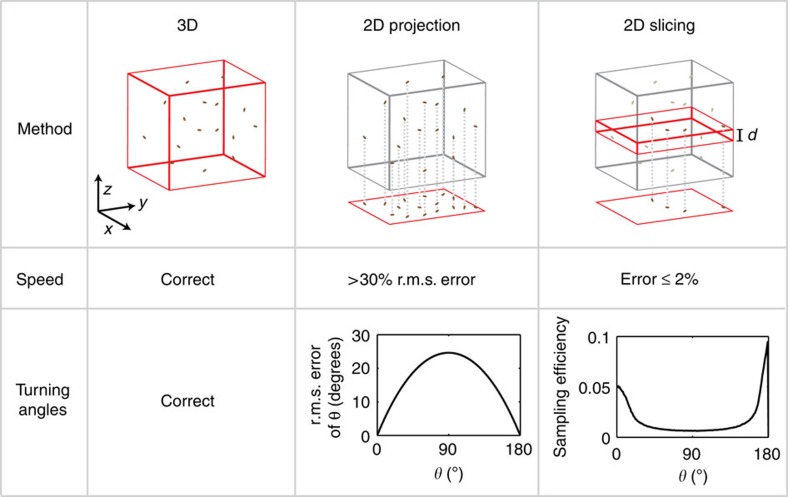Figure 1. Comparison of 3D and 2D tracking methods.
In 3D tracking (left column), full position information is obtained, and speed and angle measurements are correct aside from the effects of localization errors and acquisition frequency which we neglect here. 2D projection (centre column) of the same volume introduces systematic errors in speed and angle measurements. In 2D slicing (right column), observations are constrained to a thin focal plane of thickness d. If we assume that runs have to lie fully within the slice and are five times longer than d, corresponding to typical parameters in the observation of E. coli and many other bacteria, measurement errors are minimized. However, the vast majority of turning events within the focal plane are rejected, with a bias against angles near 90°. Supplementary Discussion 1 provides derivations for the data presented here.

